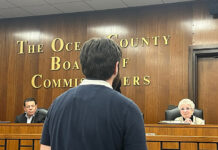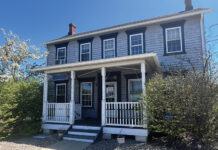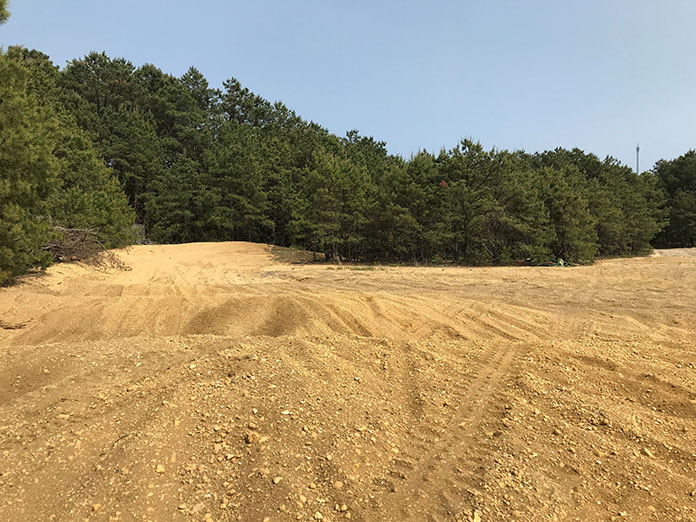
BERKELEY – Most people would probably answer “yes” to the question in the headline. However, maybe the real question is: “Would you pay more taxes to preserve more open space?”
As part of a presentation listing the open space that has been preserved over the last dozen or so years, Mayor Carmen Amato noted that a referendum to increase the open space tax to buy even more land could be on the ballot in 2024.
The town currently has an open space tax of 1 cent per $100,000 of assessed valuation. This brings in about half a million dollars a year, he said.
However, since land is so expensive, most towns borrow money for the purchase and then pay off the debt with the money brought in by taxes.
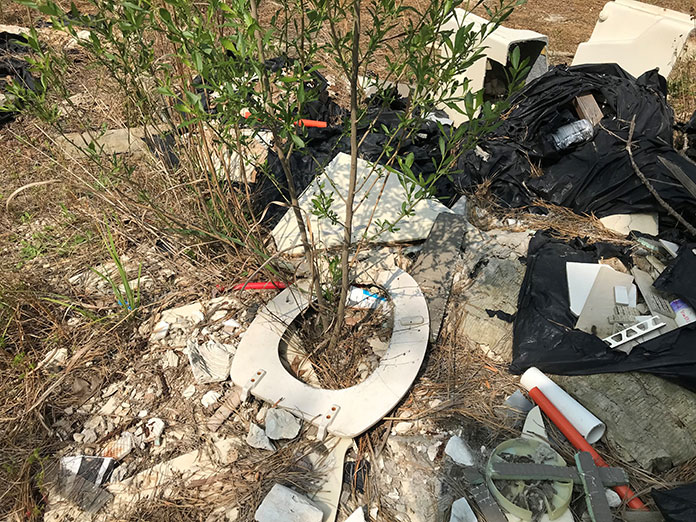
Amato estimated that about two-thirds of the open space fund goes to debt service.
Since real estate is so expensive in Ocean County, municipalities find that the best way to get more property is to partner with other entities, usually the county.
The Ocean County Natural Lands Trust Fund brings in more than $10 million in funding every year based on a 1.2 cent tax on every property in the county – both residential and commercial. There are also Green Acres funds for keeping things pristine or Blue Acres for waterfront land. These are state programs and usually take a lot more time and paperwork to accomplish.
The town is looking to buy more land, especially if it is in portions of five acres or more, Amato said. In order to purchase land for open space, the town needs a property owner willing to sell and the funding to close the deal.
The mayor said these comments during a presentation of the township’s updated Recreation and Open Space Inventory. This is a map and description of all such land in town. It amounts to more than 1,000 acres acquired since 2012. The properties include beaches and parks, but also woodlands.
Probably the most significant buy was the former pulverizing plant in 2014. Located in the woods beyond Route 9, a developer initially wanted 4,000 homes on 774 acres. Eventually the plan was scaled down to 2,500 homes. Even that would add more than 5,000 cars onto Route 9 and potentially even more children to the school district. The county wound up purchasing this land.
“Route 9 would have been a nightmare,” Amato said. The road can’t even handle the amount of traffic it has now. “As the late Senator (Leonard) Connors used to say, Route 9 used to be a cow path.”
Councilman James Byrnes did some quick math based on how much it costs to educate a child and estimated that this single development would have increased school budgets by $6 million.
He said that when he first heard about towns buying up land, he thought that they would be giving up a ratable – something they can tax for revenue. Now he said he sees that it saves money by having less services needed.
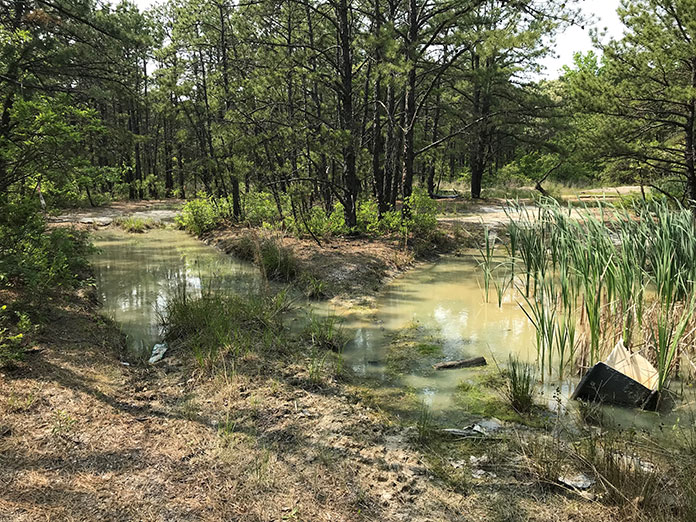
“Let’s make Berkeley more green,” he said.
It’s this consideration that shows increasing taxes to buy land will save money on school taxes and municipal taxes, he said.
Recent purchases include Victorian Pines, which would have been 35 homes near the trestle; and Berkeley 9 estates, also known as the WOBM pit, which would have either been 91 houses and a commercial building or 190 apartments.
The open space inventory also includes a handful of lots that used to have single family homes on it before Superstorm Sandy. Because these were considered “repetitive loss” areas that would be destroyed in any significant flood, they were purchased by the county to be open space.
Amato credited Council President John Bacchione for being on the Ocean County Natural Lands Trust Fund Committee and helping select some local purchases to that group. He also thanked County Commissioner Virginia Haines and before her, John Bartlett, for overseeing this.
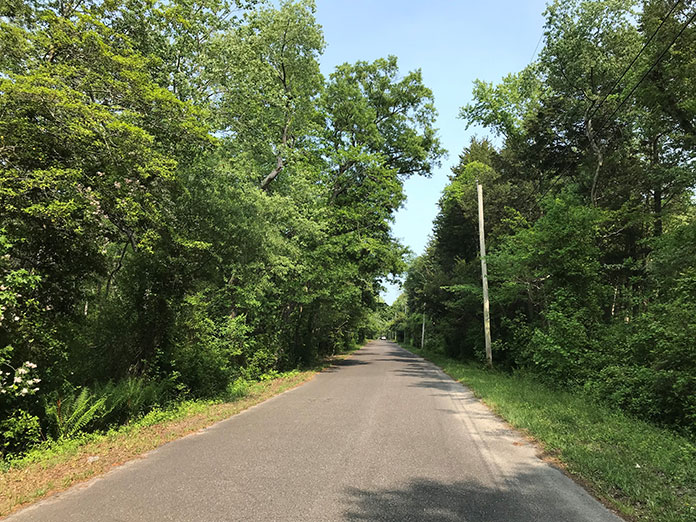
Referendum
Amato is resigning from the mayor’s seat at the end of this year. He is running for State Senate. The council and the new mayor would take up this charge, and the council members all spoke highly of open space.
In order to change the open space tax, it has to go to a public vote. This will likely be in the general election of November of 2024.
Nearby Toms River has a 1.5 cent open space tax. Twice they asked residents to increase it with referendums, but they voted it down both times. Officials there have said they were surprised that the votes went down considering the public often complains about traffic and over-development. They said that if they had done a better job promoting the increase, it might have changed more minds.


